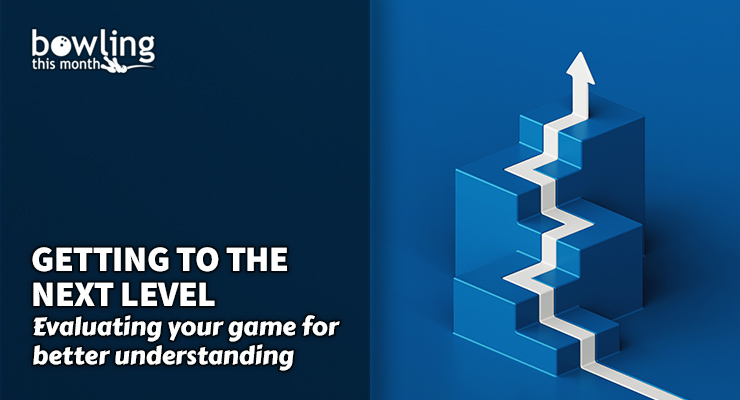
Article Contents
- 1. How we’ll define knowledge
- 2. Making a business case
- 3. What is my level?
- 3.1. Level 1
- 3.2. Level 2
- 3.3. Level 3
- 3.4. Level 3+
- 4. Understanding your skill set
- 5. Laydown point and launch angle
- 5.1. Potential causes of laydown point and launch angle problems
- 6. Accuracy
- 6.1. Potential causes of accuracy problems
- 7. Ball speed
- 8. Final thoughts
Note: This article is only available to Bowling This Month subscribers.
In my previous article, I introduced the concept of the Five Pillars of Bowling Excellence that bowlers can use as the foundation for building their game:
- Versatility: The ability of the athlete to play in any part of the lane, controlling their speed, axis rotation, and alignment to make the required adjustments.
- Precision: The ability to make the ball go where you intend for it to go.
- Repetition: The physical consistency in your execution, enabling precise and versatile performance shot after shot.
- Power: The combination of ball speed and revolutions to deliver energy to the ball to maximize hitting power.
- Knowledge: Understanding when and how to use each of your skills. Information plus experience equals knowledge.
While discussing the direction spot, we focused on versatility, precision, and repetition. For this article, we’ll discuss how to improve your knowledge.
How we’ll define knowledge
It’s not enough to simply have information. We need to combine our own experiences and apply this information for it to be considered true knowledge. Information plus experience equals knowledge.
It’s not about how much you know about the game of bowling or the theory, but how much you know your own game. It’s not about what the pattern is supposed to do, or how this ball is supposed to react, but how they apply to your game.
For this article, we’ll look at ways to evaluate your game and what you need to do to get to the next level.
Making a business case
We can start by using a method from the business world. A SWOT analysis is a system that looks at your strengths, weaknesses, opportunities, and threats:
- Strengths: The best parts of your game.
- Weaknesses: Areas where your game could improve.
- Opportunities: Environments that are likely to match up to your game.
- Threats: Environments where you tend to struggle.
By looking at these areas, you can build a picture of where your game is in its present state. This is just a starting point, though, because it will take a bit more work to examine some of the …
